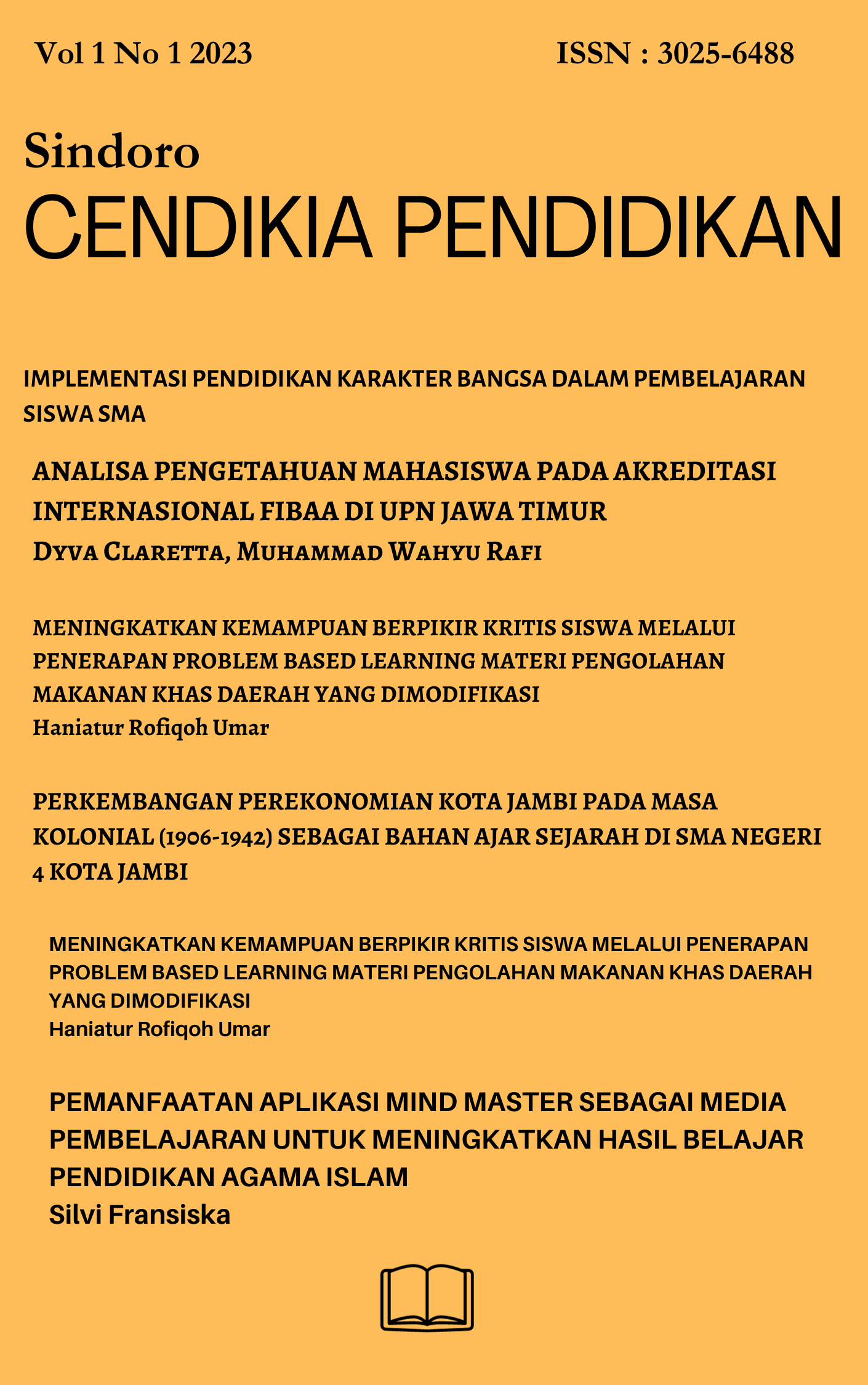THE STAGES OF LANGUAGE ACQUISITION IN CHILDREN: A COMPARATIVE STUDY OF THEORIES
Main Article Content
Abstract
Language acquisition in children is a remarkable and complex process that unfolds naturally as they grow, forming the foundation of their ability to communicate and interact with the world. From the first sounds a baby makes to the construction of full sentences, children follow a predictable pattern of language development. Understanding how this process occurs has long been a central focus of research in the field of psycholinguistics, leading to the creation of several influential theories. Each theory offers a different explanation for how children acquire language. Some, like the behaviorist theory, emphasize the role of environmental factors such as imitation and reinforcement. Others, such as the nativist theory, propose that children are born with an inherent ability to learn language, guided by an innate grammar. Cognitive and interactionist theories highlight the importance of cognitive development and social interaction in shaping language skills. This mini research aims to explore and compare the major theories of language acquisition by examining how each explains the various stages of development in children. By investigating these perspectives, this study seeks to provide a clearer understanding of how children learn language and what factors contribute most significantly to their linguistic growth.
Article Details

This work is licensed under a Creative Commons Attribution-NonCommercial 4.0 International License.
This work is licensed under a Creative Commons Attribution-ShareAlike 4.0 International License.
Authors who publish with this journal agree to the following terms:
- Authors retain copyright and grant the journal right of first publication with the work simultaneously licensed under a Creative Commons Attribution License that allows others to share the work with an acknowledgement of the work's authorship and initial publication in this journal.
- Authors are able to enter into separate, additional contractual arrangements for the non-exclusive distribution of the journal's published version of the work (e.g., post it to an institutional repository or publish it in a book), with an acknowledgement of its initial publication in this journal.
- Authors are permitted and encouraged to post their work online (e.g., in institutional repositories or on their website) prior to and during the submission process, as it can lead to productive exchanges, as well as earlier and greater citation of published work
References
Skinner, B. F. (1957). Verbal Behavior. Copley Publishing Group.
This work introduces Skinner’s behaviorist perspective, suggesting that language acquisition occurs through reinforcement and imitation, and emphasizes the role of the environment in shaping behavior.
Chomsky, N. (1965). Aspects of the Theory of Syntax. MIT Press.
Chomsky's seminal work lays the foundation for the Nativist theory, proposing that children are born with an innate ability to acquire language, guided by universal grammar.
Piaget, J. (1954). The Construction of Reality in the Child. Basic Books.
Piaget’s cognitive theory of language acquisition links language development to broader cognitive development, emphasizing the importance of symbolic thought and conceptual understanding.
Vygotsky, L. S. (1978). Mind in Society: The Development of Higher Psychological Processes. Harvard University Press.
Vygotsky’s Interactionist theory emphasizes the social aspects of language acquisition, asserting that language development is shaped by social interaction and guided by more knowledgeable individuals.
Brown, R. (1973). A First Language: The Early Stages. Harvard University Press.
This work presents research on the stages of language acquisition, documenting the progression from simple one-word utterances to more complex sentence structures.
Lenneberg, E. H. (1967). Biological Foundations of Language. Wiley.
Lenneberg’s research introduces the Critical Period Hypothesis, proposing that there is an optimal period in early childhood for acquiring language, after which it becomes more difficult.
Snow, C. E., & Ervin-Tripp, S. (1973). Socialization and Language Acquisition: Theoretical and Empirical Issues. In J. Gumperz & D. Hymes (Eds.), Directions in Sociolinguistics: The Ethnography of Communication (pp. 191-213). Holt, Rinehart & Winston.
This research explores how cultural and social contexts influence language acquisition, highlighting both universal and culture-specific patterns in early language learning.
Huttenlocher, J., & Vasilyeva, M. (2002). Cognitive Development and Language Acquisition. Annual Review of Psychology, 53, 77-107.
This article reviews how cognitive development influences language acquisition, focusing on the progression of cognitive milestones that correlate with linguistic complexity.
Snow, C. E. (2010). Academic Language and the Challenge of Reading for Learning about Science. Science, 328(5977), 450-452.
Snow’s study looks into how early language development impacts academic success, particularly in science, and stresses the importance of rich linguistic exposure.
Tomasello, M. (2003). Constructing a Language: A Usage-Based Theory of Language Acquisition. Harvard University Press.
Tomasello proposes that language acquisition is rooted in children’s social interactions and their usage of language in context, aligning with the Interactionist theory.

